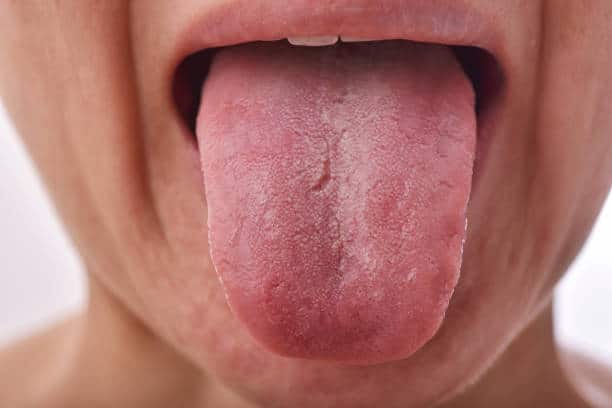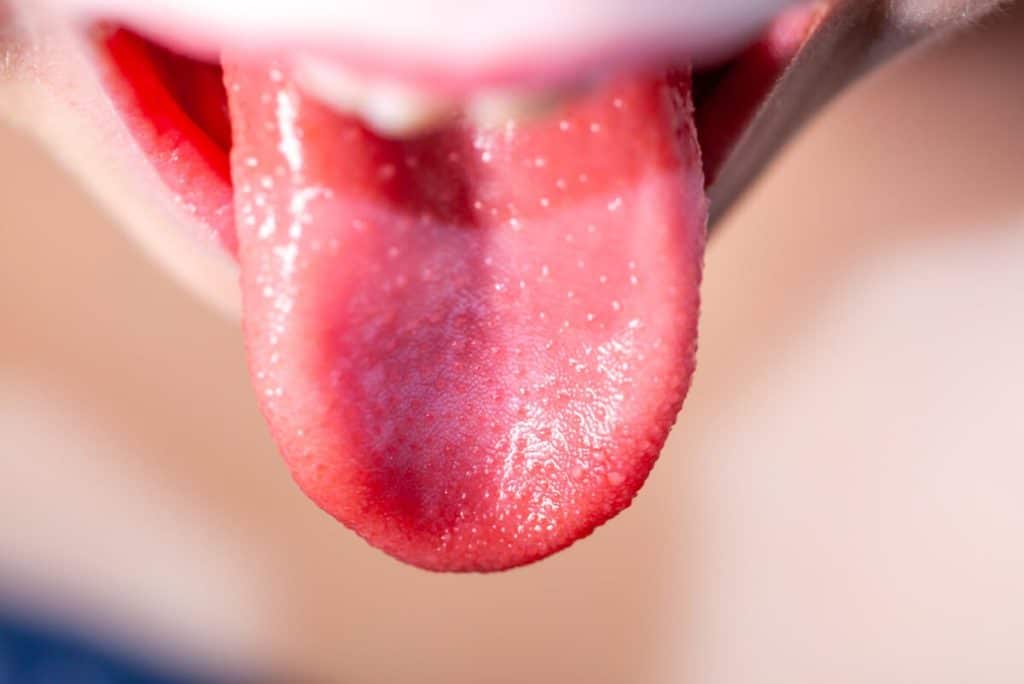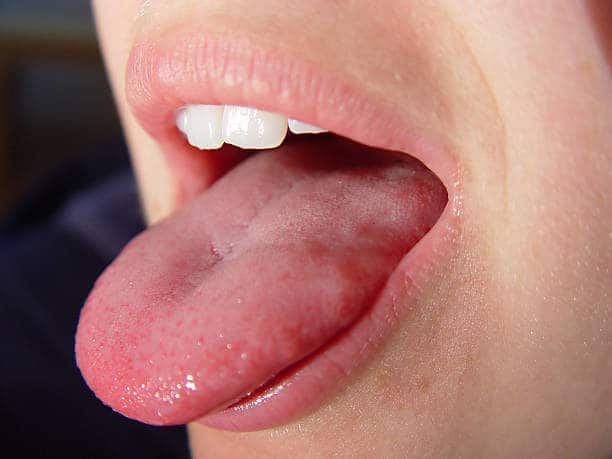Did you know that similar to a fingerprint, each person’s tongue is unique? Most people take their tongue for granted — barely giving it a second thought; however, without this amazing organ, you couldn’t talk, eat, or swallow.
Each papilla has an average of six taste buds buried inside the tissue. These taste buds are designed to keep you alive and well.
When it comes to your health, you may be used to looking out for differences in your energy levels, your skin, and your blood pressure. One often overlooked window into your health includes your tongue. Generally speaking, any significant changes in color or the development of pain and lumps may indicate a health problem.
First, it’s important to gain a sense of what’s normal for a tongue. A healthy tongue is typically pink in color, but it can still vary slightly in dark and light shades. Your tongue also has small nodules on the top and bottom. These are called papillae. So, stick out your tongue and have a look in the mirror.
Here’s what your tongue can tell you about your health.

White Tongue
This is fairly common and non-threatening. A white tongue or white spots on the tongue could be a sign you have oral thrush. It is a yeast infection that occurs inside the mouth and often has the consistency of cottage cheese.
Another condition that creates white patches on the tongue is Leukoplakia. This condition causes the cells in the mouth to grow in excess and can develop due to irritation on the tongue.
Infants, older people, and those with weakened immune systems are more susceptible to thrush.
Besides, oral thrush could be a marker for diabetes or a condition that develops after taking too many antibiotics.
Black Hairy Tongue
This condition will appear as black, gray, or brown patches that look like they’re growing hair but it’s usually harmless. The black hairy tongue can start as a small spot and grow to coat most of the top of the tongue. Bacterial overgrowth on the tongue most commonly causes it. As bacteria grow, they look dark and black. Generally, a black hairy tongue is a sign you need to improve your oral hygiene.
Other symptoms include a tickling or burning sensation on your tongue or the roof of your mouth. You may also have bad breath. It can also be a sign of diabetes or a condition that occurs when taking antibiotics or chemotherapy.
To treat a black hairy tongue, use your toothbrush on your tongue or a tongue scraper every day to treat a black hairy tongue at home. That should help clear it up within a few weeks. Mostly, a black hairy tongue goes away without medical intervention. If not, a dentist or doctor can use special tools to scrape your tongue.

Lie Bumps
When papilla grows unusually large, it’s likely due to irritation or inflammation. This condition is called transient lingual papillitis or lie bumps. The enlarged bumps may appear to be red, white, or yellow and may cause acute pain, burning, itching, or tingling. Lie bumps can be as simple as an accidental bite or canker sore and usually heal fairly quickly without any treatment.
In the worst-case scenario, if soreness and bumps don’t go away within a couple of weeks, this could mean it’s a sign of oral cancer. Since early signs of oral cancer have no pain, it’s essential to have any bumps on the tongue checked by a physician if they do not disappear after two weeks.
Geographic Tongue
Geographic tongue appears as smooth, red spots of an irregular shape on the side or top of your tongue. This condition is usually harmless, though the patches may shift positions over time. It is not contagious, usually causes no symptoms, and does not lead to any long-term health conditions.
Geographic tongue is more common in people who have psoriasis and Reiter’s Syndrome, women who use hormonal birth control, people under emotional stress, in the case of allergies, in diabetics, or in those who have a certain vitamin deficiency.
Red Tongue
A red tongue could be the cause of something as simple as eating red-colored food to eating something acidic that creates temporary discomfort. May also be a signal in vitamin B deficiencies. This is particularly the case with folic acid (vitamin B-9) and cobalamin (vitamin B-12). A simple blood test can determine if you are deficient. Also, a red tongue could be symptomatic of more serious conditions like scarlet fever.
Scarlet fever, which coincides with strep throat, is another serious condition that requires prompt treatment. It can make the tongue look like it has strawberries on top of it. And also, your tongue may have a large bump.
As these vitamin deficiencies are resolved, you’ll notice an improved appearance in your tongue.

Strawberry Tongue
Similar to having a red tongue, the strawberry tongue is red and bumpy with enlarged taste buds and can be a symptom of Kawasaki disease. Kawasaki disease is a rare and more serious condition that’s most common in children under 5 years of age. It causes a high fever along with a strawberry-like appearance on the tongue. The primary sign of Kawasaki disease is inflamed arteries.
Not all cases are life-threatening, but Kawasaki disease may increase the risk of heart complications if left untreated.
When to see your dentist
If you begin to notice any pain or other problematic symptoms concerning your tongue, then please see your general practitioner or dentist as soon as possible. The earlier that any tongue issues — and their underlying causes — are diagnosed, the quicker you can receive treatment.
Still, it’s important to keep track of any changes in your tongue throughout the year.
At your dental cleanings, either the hygienist or dentist will take a look at your tongue as part of your exam.
At the end of the day, your tongue is like any other part of your body. It may be trying to give you clues about health — so listen to it. Regardless of your symptoms, whether it’s within your mouth or otherwise, it’s important to take notice. The worst thing you can do is nothing at all.



